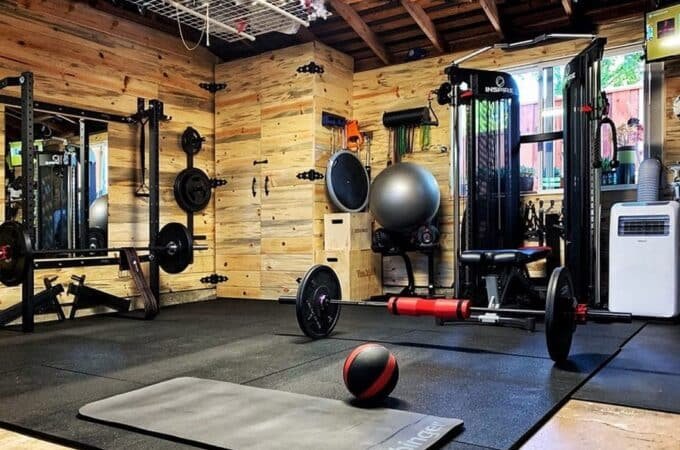
How To Wrap Your Head Around Speaker Specifications
To some, speakers are available as big examples or small examples, and that’s it (maybe a subwoofer, too). Speakers are actually far more complex than their size might suggest – for example, high quality bookshelf speakers can often produce far better sound than cheaper floor standing speakers, despite their comparatively small size. A lot of this sound production is related to all of the interesting technical specifications that these speakers boast, the problem being that they can be very confusing to the standard listened. With this in mind, in this article, we take a look at the specifications of speakers to give you a better idea of what all this information means.
Speaker specification basics
There’s a good reason that it’s recommended by professionals in audio visual installation in Sydney to properly pair your speakers with your receiver or amplifier. This is for two important reasons: you need to ensure that your amplifier has the power to actually run your speakers properly and safely (some speakers are more demanding than others) and you want to also make your speakers sound as good as possible with the amp you’ve chosen, as different amps can produce very different sounds depending on your speaker setups. Knowing this, let’s get into the technical stuff: speakers contain an electrical characteristic known as impedance, which is termed as “ohms.” A good way to think of ohms is as resistance, and although resistance is not always good in the world we’re familiar with, in the world of electricity, it can be great! Resistance is important here because an amplifier requires some resistance to the power it sends, otherwise it’ll relentlessly deliver power until it fails. Generally, you’ll see 8 ohm speakers and amplifiers most commonly out in the market today – these are a match made in speaker heaven, but if you have a low-impedance speaker you need to drive, such as 4 ohms or 2 ohms, you’ll need a much more powerful amplifier in order to effectively power your speakers.
Power ratings in speakers
Choosing the right amount of power for your amp is an important choice you’ll need to make when looking to power speakers, but it’s also not necessarily as simple as that. Although amplifier manufacturers often state certain power outputs on paper, it’s not necessarily the output you’ll receive in practice. All you’ll need to know though is that a lot of the time, knowing to match the ohm output is all you’ll need to ensure good sound – the only time you’ll really need to dig deeper is if you have a lower ohm speaker, as these will invariably need more grunt to be properly powered. It will also not usually matter too much if your amplifier is too powerful, either, as it takes some very loud volumes to get to the point where you’d be seeing issues. There is also sensitivity to consider when you’re looking at speakers – this refers to how much volume a speaker will produce in relation to the wattage. This means that speakers with a low sensitivity require more power to get them to higher volumes.
Creating sound synergies
You’ll find that different sounds are created when pairing different speakers and amplifiers. These sound profiles might include characteristics that create more treble (often described as “bright”) or more mellow. Both amplifiers and speakers contribute to this sound, so a bright amplifier paired with a bright set of speakers for your home might produce a sound that is too bright for some. This opens up a lot of possibilities for customisation in your sound – experiment and have fun doing so!

Michelle Joe is a blogger by choice. She loves to discover the world around her. She likes to share her discoveries, experiences, and express herself through her blogs.






